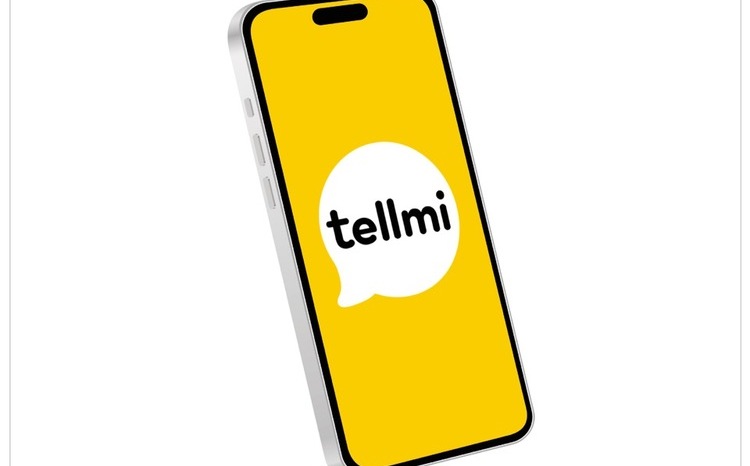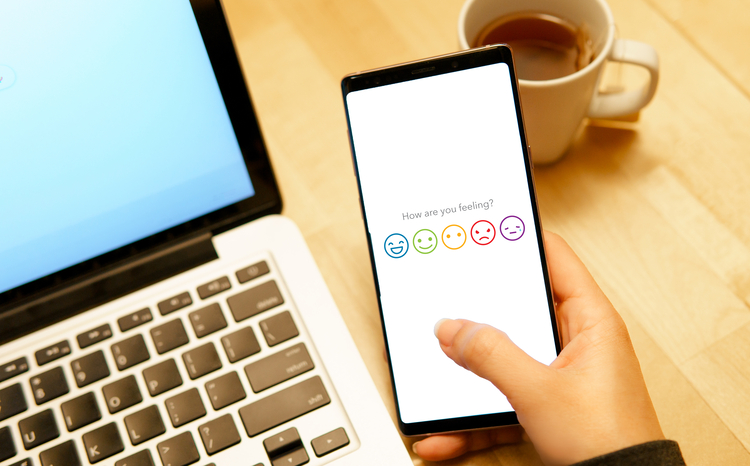Panic advice makes online therapy more effective
- 25 April 2005
Internet-based self-help cognitive behaviour therapy (CBT) programmes to treat anxiety and depression are more effective in the later stages of treatment when they include instructions as to how to deal with what triggers panic, a trial has discovered.
Researchers from Imperial College, London, compared the CBT system FearFighter, which features instructions on self-exposure in the later stages of the walkthrough system, with another control system developed internally by the team, Managing Anxiety, which does not.
Although both programmes performed well at the beginning of the test, the difference between the systems was apparent after a one-month follow up. According to both the patients who participated in the study and independent assessors, 50% of those taking the tests said they had improved after a month.
FearFighter, a step-based programme available online and also as a standalone software package, concentrates on the patient’s reaction to fear and outlines strategies as to how to cope with phobia and its triggers. Clinical intervention consists of telephone or e-mail contact for the online version, and face-to-face therapy for the standalone.
The system is currently under consultation by the National Institute of Clinical Excellence. According to ST Solutions Ltd, manufacturers of the system, it is in use in Hillingdon PCT and in City and Hackney PCT, as well as a number of other mental health trusts.
The trial was led by Professor Isaac Marks, one of the original developers of the FearFighter system. Researchers called for more investigations to be made into CBT systems which do not feature exposure instructions are initially as successful as those that do.




